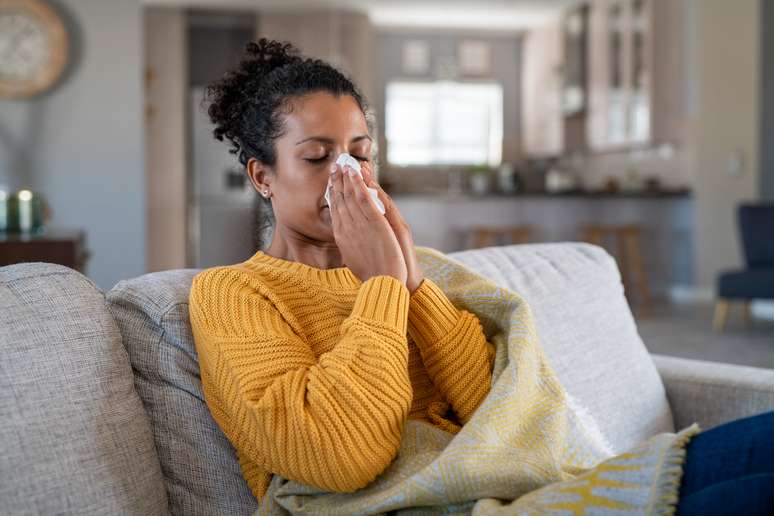The annual vaccination campaign starts this Monday, but even those who are not part of the target can protect themselves
html[data-range=”xlarge”] figure image img.img-618c08e5b6e9c61947e442b481126632qmzwky3h { width: 774px; height: 516px; }HTML[data-range=”large”] figure image img.img-618c08e5b6e9c61947e442b481126632qmzwky3h { width: 548px; height: 365px; }HTML[data-range=”small”] figure figure img.img-618c08e5b6e9c61947e442b481126632qmzwky3h, html[data-range=”medium”] figure image img.img-618c08e5b6e9c61947e442b481126632qmzwky3h { width: 564px; height: 376px; }
The annual flu vaccination campaign started this Monday (10) and if you are not in one of the priority groups, you have to wait your turn before going anywhere. As usual, the target audience of the campaign consists of, among other categories, people over the age of 60, children aged six months to five years and healthcare professionals.
But that doesn’t mean the rest of the population can’t protect themselves. There are precautions that must be adopted by everyone, especially in autumn and winter, when temperatures tend to drop in the countryside.
The basic treatments, which do not replace the vaccine, are: washing hands with soap and water or alcoholic gel; avoid running your hands over your face; cover your nose and mouth when coughing or sneezing; and do not share personal items such as cutlery and glasses.
Food can also be an ally to prevent flu and colds. Products rich in vitamin C, such as citrus fruits, should be part of the diet. The ideal is to balance your meals with fiber, carbohydrates and other nutrients that help strengthen the immune system.
How to treat the flu?
There are no specific drugs for flu treatment, but as the Ministry of Health reiterates, drugs can be administered to relieve the symptoms. Prescribed by doctors, analgesics and antipyretics are often effective in combating pain and fever, for example.
vaccination campaign
This year, the federal government intends to immunize all priority segments simultaneously. The goal is to vaccinate 81.8 million people, equal to 90% of the priority group, by May 31.
In addition to the elderly (60+), children (between 6 months and 5 years), health workers, teachers, pregnant and postpartum women, the target audience is made up of:
- indigenous, riverine and quilombola peoples;
- professionals of the security and rescue forces;
- military;
- people with comorbidities;
- people with permanent disabilities;
- truckers;
- collective transport workers;
- port workers;
- prison system professionals;
- persons deprived of their liberty and adolescents subjected to socio-educational measures
Source: Terra
Ben Stock is a lifestyle journalist and author at Gossipify. He writes about topics such as health, wellness, travel, food and home decor. He provides practical advice and inspiration to improve well-being, keeps readers up to date with latest lifestyle news and trends, known for his engaging writing style, in-depth analysis and unique perspectives.








